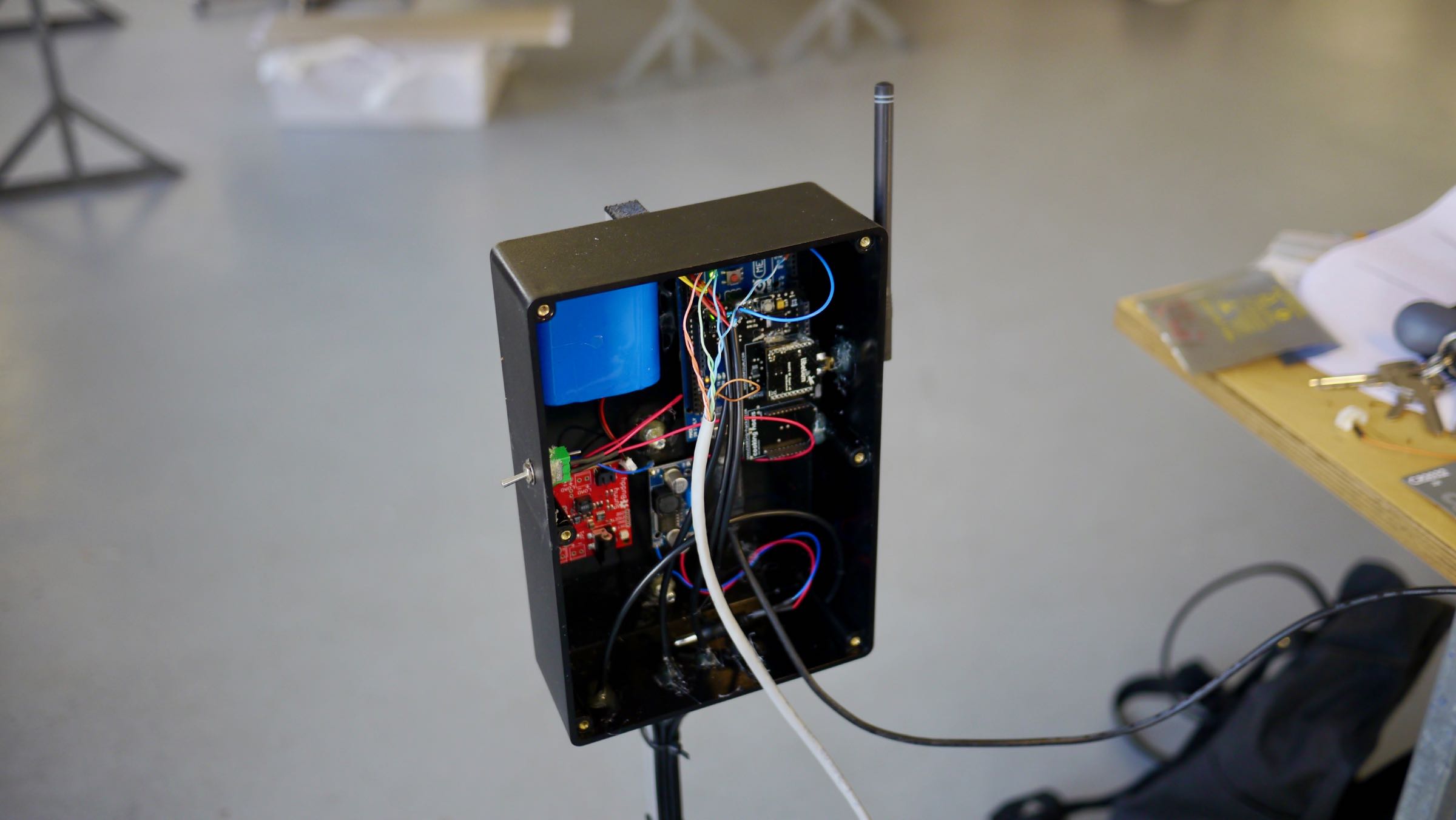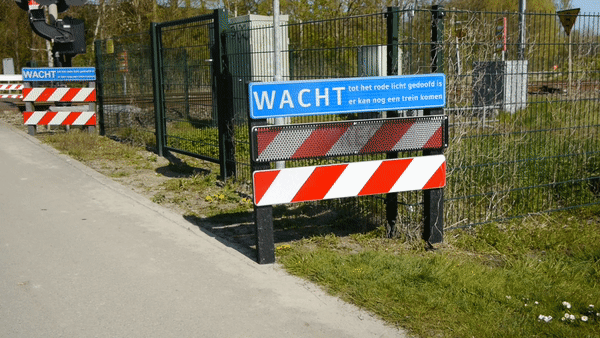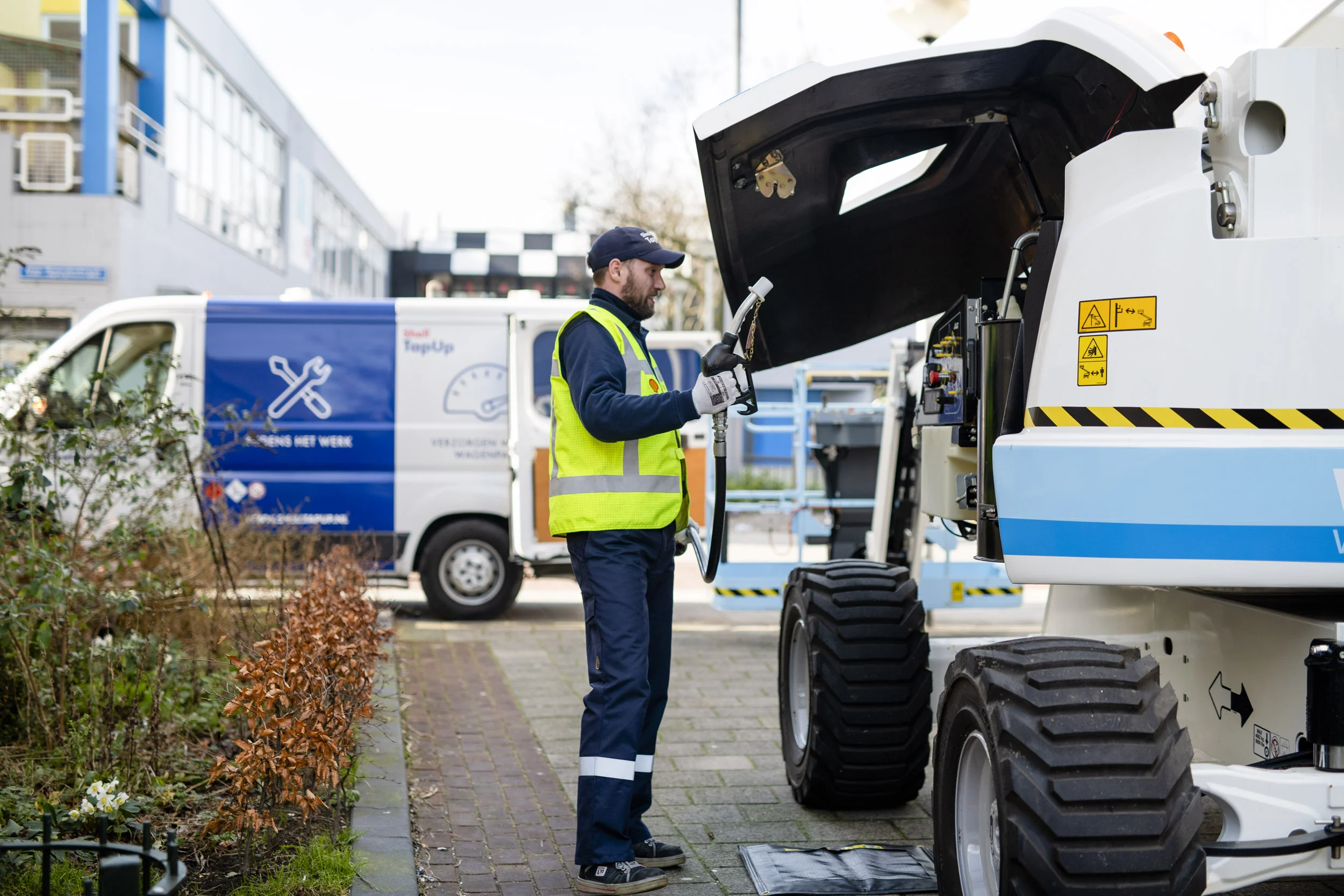Securing Dutch railway level crossings at a fraction of the usual cost
ProRail, responsible for the railway infrastructure in The Netherlands, came to us to help them think of innovative solutions for securing the 450 unsecured level crossings (NABO) dotted throughout the country. The challenge was to think outside of the box and find ways to do so at a fraction of the cost of implementing the typical secured crossings. With each crossing costing up to 1 million Euros, one of the main costs to securing level crossings comes from the cabling for the power and data lines.
Through this innovation project, we built several functional proof-of-concepts to be tested on location and to learn as much as possible about the technological viability and its efficacy in real-world situations. These were also used for engineering companies to bid through a tender process, which we were part of the judging comity.
Prototypes
Decentralised wireless crossing
We placed several sets of sensors for detecting trains, and communicate wirelessly to the level crossing. We used LoRa at the crossings for communication. In addition, each crossing is decentralised – working independently on solar power, and not requiring a connection to the grid. Not only is this system a much more cost-effective solution for ProRail, but it also improves the safety of each NABO crossing significantly.
Sensors – Each crossing consists of several sets of sensors that sense when a train is coming. Each sensor is set up to detect locally the train in real-time, its speed, time, direction, and its distance to the level crossing. Instead of using one very expensive and reliable sensor, we went with the approach of using a set of cheap sensors that together have a very high level of reliability. All sensors are easily set up and maintained. If there’s an issue with one of them, it notifies the maintenance team and keeps the barrier closed.
Interaction – The current level crossings have the barrier in an “always up” state, which means that the system is constantly having to check if a train is coming, using up a lot of power and requiring a continuous connection to a live data source. We decided to flip things around and keep the barrier always down – the user must then interact with the crossing by pressing a button, turning a usually passive moment into an active one and making them more alert of the danger associated with the crossing. This approach also uses much less power as it only needs to know if a train is coming once a user presses the button. It also is an easy way to secure the crossing in case of technical issues (power, data, sensors, etc.) as the barrier can then be kept down. This is a suitable application for low-density traffic areas, where these NABO’s are located.
Animated signs
Another direction we explored and prototyped was to create purely analogue, non-mechanical traffic signs were we animate images and text using various techniques to grab the users’ attention as they approach the crossing.
Prototype #1 – We adapted traditional traffic signs using various lenticular printing techniques. This was done by creating lenticular signs whereby an illusion of movement is created by using multiple images plus a lenticular lens to create one seemingly animated image when people’s viewing angle changes as they move past the sign.
Prototype #2 – By interlacing different images, obstructing each part then separating the image and obstruction, we have people’s viewing angle create this effect. This version is designed to work best at close distances to the crossing. We adapted using this technique the existing WACHT signs found at level crossings.
Prototype #3 – This version is designed to work best at further distances. It was produced by Brimos.
Together with
Client: ProRail























